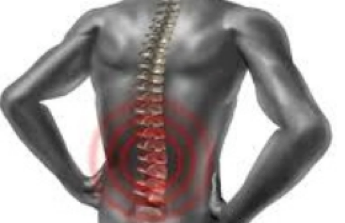Japanese investigators described HHV-6 myelitis in patients who had received cord blood transplantations and reported that where HHV-6 reactivation is suspected, early antiviral intervention can dramatically improve patient outcomes.
The investigators at Nagano Red Cross Hospital, Oita University, and the National Cancer Center Hospital in Japan reviewed all allogeneic stem cell transplantations performed at the Nagano Red Cross Hospital between January of 1998 and February of 2015, 121 of which were cord blood transplants, and summarized the records of five patients diagnosed with HHV-6 myelitis.
All five were positive for HHV-6 by PCR in CSF and plasma samples. The CSF samples were negative for bacterial and fungal infections as well as herpes simplex and the varicella-zoster virus, both of which could cause myelitis. Interestingly, myelitis only occurred in cord blood recipients and was not observed in any patients who received bone marrow or peripheral blood. The onset was approximately two to six weeks post CBT, and the primary symptoms were bilaterial superficial pain and pruritis. Other symptoms included fever, autonomic nerve disorder, bladder and rectal disturbances, myoclonus, short-term memory loss, tremors, and rigidity.
Since the symptoms of calcineurin inhibitor pain syndrome (CIPS) include many of those identified in myelitis cases, the authors highlight the importance of differentiating myelitis cases from CIPS cases involving HHV-6 reactivation as the treatments for myelitis and CIPS are vastly different.
For more information, please read the full paper: Ukei et. al 2017

